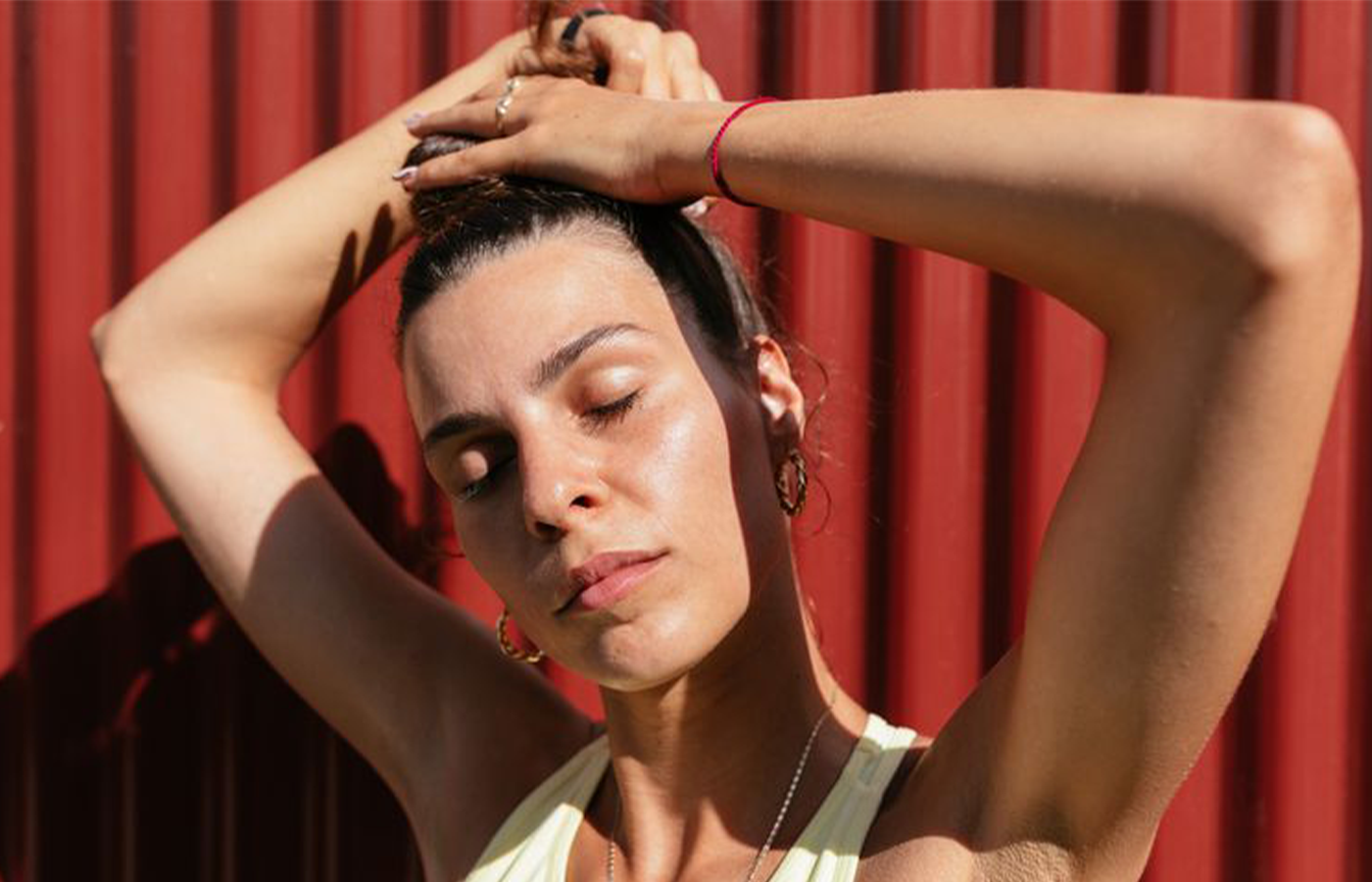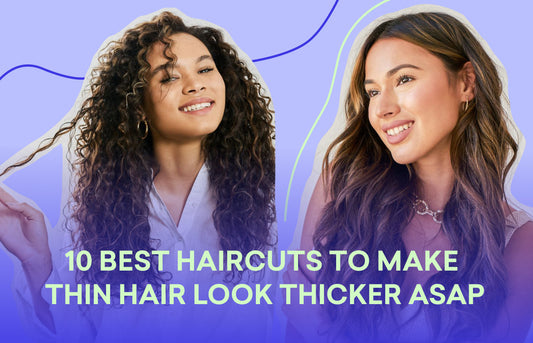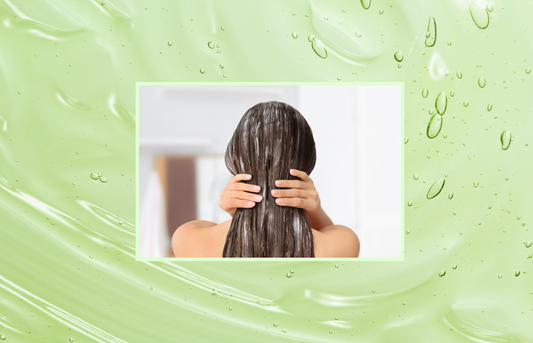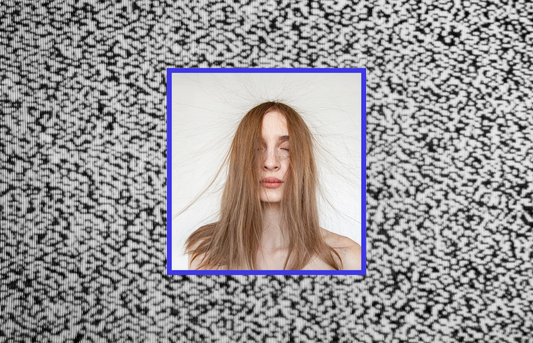What Causes Excessive Hair Shedding And How To Fix It
Spoiler: it's not just caused by age.
In this article
Excessive hair shedding: We've all been there—noticing clumps of hair in our brush or on the pillow can be disheartening. And if you're starting to see bald spots, it could be a symptom of something more serious going on.
Anyone, regardless of age, can have excessive hair loss. It's totally cool to have questions about what caused the problem and what we can do to fix it.
Here, we'll look into the causes of your excessive hair shedding and discuss possible solutions. Plus, we'll share valuable tips to help you achieve healthy hair growth, so you can feel confident and show off a gorgeous mane.
READ: 10 Hair Loss Home Remedies To Solve Thinning Hair
Hair Shedding vs. Hair Loss
Alright, let's clear up the confusion between hair shedding and hair loss—they might sound similar, but they're actually two different things.
Hair Shedding
Hey there, shedding champs! Did you know that hair shedding is a completely normal and natural process? Yep, our hair has its own cycle—it grows, rests, and sheds. It's like a little dance party happening on our scalps!
So, when you see a few hairs in your brush or on your pillow, don't panic! That's just your hair doing its thing—saying goodbye to some old strands to make way for fresh new ones.
Hair Loss
Now, here's where things get a bit tricky: hair loss is a bit different from shedding. While shedding is a part of the natural cycle, hair loss is like that unwelcome guest who decides to stay way too long.
Hair loss involves more hair falling out than usual and not growing back as it should. It can lead to thinning hair, bald patches, and a lot of frustration!
So, how do you tell the difference? Well, hair shedding is usually temporary and happens evenly across your scalp. Hair loss, on the other hand, might be more noticeable in specific areas and can be caused by various factors like medical conditions, hormonal imbalances, or even excessive styling.
READ NEXT: 15 Facts About Hair Growth You Need To Know
Why is My Hair Shedding So Much
Let's take a look at some of the most common causes of excessive hair shedding:
1. Hormonal Imbalance: Alright, let's dive into one of the major players causing excessive hair shedding—hormonal imbalance. Our bodies are like well-orchestrated symphonies, and hormones are the conductors that keep everything in harmony. But when these conductors go rogue, they can wreak havoc on our precious locks. Hormonal imbalance can be triggered by various life stages, like pregnancy and menopause, or even certain medical conditions. And unfortunately, one of the consequences can be an increase in hair loss.
2. Stress and Anxiety: Ah, stress and anxiety—the not-so-welcome guests in our modern lives. It's like they've RSVP'd to every event, uninvited! The fast-paced world we live in bombards us with work pressures, personal relationships, and a never-ending list of challenges. No wonder we're all feeling a little overwhelmed! But here's the kicker: those emotional struggles aren't just affecting our mental well-being; they're also playing tricks on our hair.
3. Nutritional Deficiencies and Hair Loss: We all know that a balanced diet is the secret sauce to keeping our bodies in tip-top shape. But did you know that it's not just about fitting into those favorite jeans? Not obtaining enough of certain vitamins and minerals, like Biotin, Vitamin D, and Iron, can have the unwelcome side effect of hair loss.
4. Scalp Troubles: We all know that our hair's best friend is a happy and healthy scalp. But sometimes, those pesky scalp conditions like dandruff, psoriasis, or dermatitis decide to crash the party uninvited. Rude much? You see, these scalp conditions are like troublemakers that irritate your scalp and mess with your hair follicles. And guess what happens when your hair follicles are upset? Yep, they start shedding more than you'd like.
5. Heat Styling and Harsh Treatments: We all love to experiment with our hair, trying out different looks and styles, but sometimes, we might be pushing our precious locks a little too hard. Your hair is resilient, no question, but it is not invincible. The constant heat from those styling tools and the harsh chemicals from treatments can weaken your hair strands, making them prone to breakage and shedding.
6. Medical Conditions: When it comes to excessive hair shedding, sometimes the real culprits are hiding in plain sight—in the form of medical conditions. Let's shine a spotlight on these troublemakers, shall we?
Thyroid Disorders: Ah, the thyroid...that little butterfly-shaped gland in our necks that wields a surprising amount of power. We can see the effects on our hair and metabolism when it's out of whack. Both hyperthyroidism and hypothyroidism can cause significant hair thinning and loss. Time to keep an eye on that thyroid, folks!
Alopecia Areata: Now, this one's a real hair-raiser! Alopecia areata is like the mysterious magician of hair loss—it causes your immune system to attack your hair follicles, resulting in sudden bald patches. Not a very welcome magic trick, huh?
Autoimmune Diseases: When your immune system goes rogue and starts attacking healthy cells in your body, it's like a storm wreaking havoc. Your hair follicles could get caught in the conflict, causing you to lose hair. Talk about unfairness!
ALSO READ: 10 Tips To Grow Your Hair Faster
Fear Not! You've Got Solutions!
Now that we know what's causing it, let's check out some interesting ways to stop hair from falling out too much and help it grow all nice and healthy:
1. Adopt a Nourishing Diet: Make sure to eat a good mix of healthy foods that have lots of vitamins, minerals, and proteins to keep your body fueled up. Include plenty of leafy greens, fruits, lean proteins, and whole grains to support hair health.
2. Manage Stress: When stress decides to crash the party, it messes with our body's balance, including our hair growth cycle. The result? Yep, you guessed it – excessive hair shedding. Include meditation, yoga, or exercise in your daily routine to reduce stress. You'll feel better in general, and that includes your hair.
3. Choose Gentle Hair Care: Opt for gentle hair care products that are free from harsh chemicals. Avoid over washing your hair and use a sulfate-free shampoo to maintain its natural oils.
4. Avoid Excessive Heat Styling: Give your hair a break from excessive hairstyling and heat treatments. Embrace your natural hair texture and use protective hairstyles to minimize damage.
5. Stay Hydrated: Drink an adequate amount of water daily to keep your body and hair hydrated, as dehydration can contribute to hair shedding.
6. Consult a Professional: If you're experiencing persistent hair shedding, consult a qualified dermatologist or trichologist. They can diagnose any underlying medical conditions and recommend appropriate treatments.
The loss of too much hair might be upsetting, but it's something you can deal with if you take the correct steps. If you treat your hair with love, it will thrive.
Love More Hair Care Tips? Read These Next:
- The Ultimate Morning Routine for Hair Growth [Your 5 Step Plan]
- Which Oil is Best for Hair Growth and Thickness?
-
10 Proven Ways Of Growing Your Hair 3 Inches In 90 days
The information provided on this website is not intended as medical or health advice. We do not assume any liability for errors, omissions, or inaccuracies in the content. It is your responsibility to consult with a medical or health practitioner for personalized advice. Reading and using the information on this blog does not create a doctor-patient or health practitioner-client relationship. Reliance on the information is at your own risk, and we encourage independent verification. External links are provided for additional information, but we do not endorse or take responsibility for their content. By using this blog, you agree to indemnify us from any claims or liabilities arising from your use of the information provided.

Just high quality, beautifully designed halo hair extensions for natural, down to earth bombshells.
Shop now










